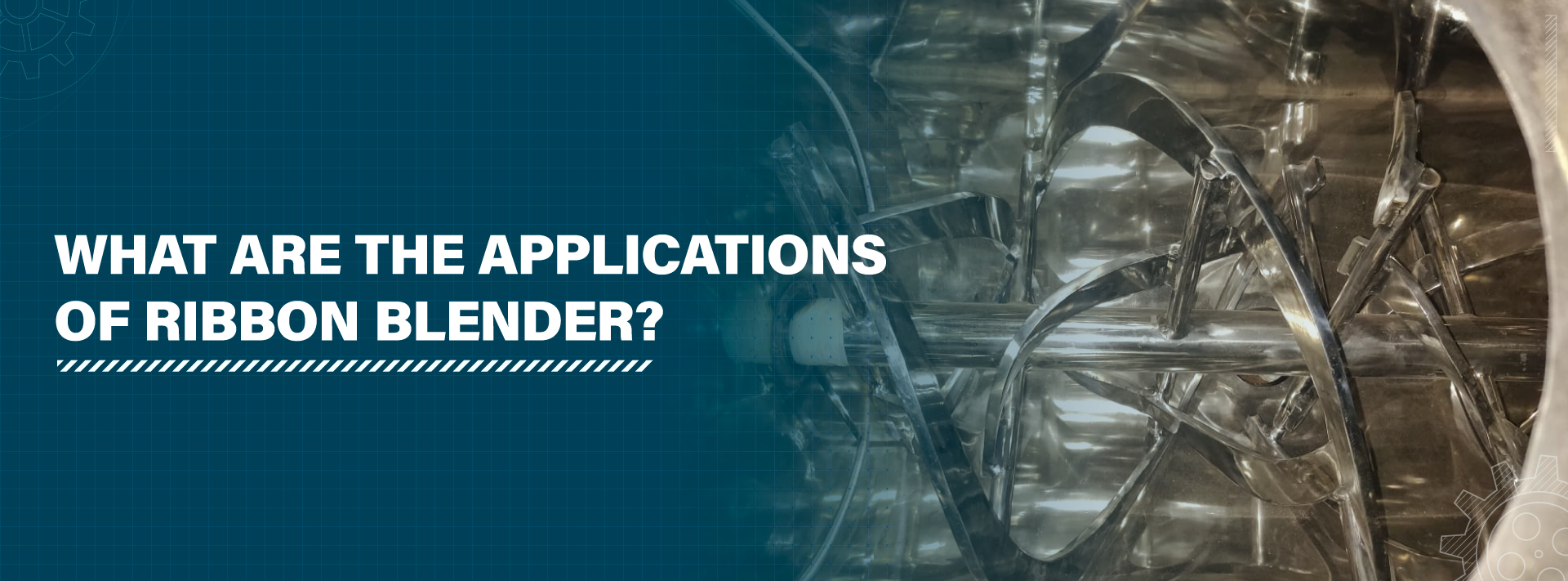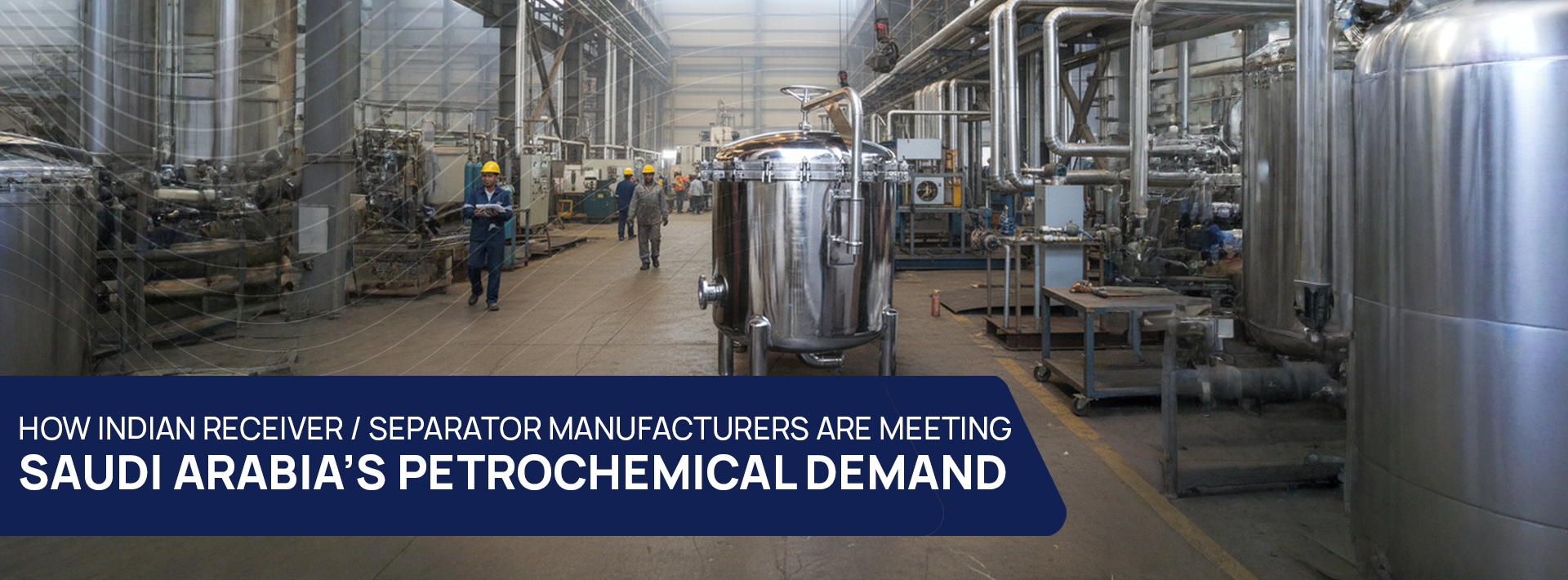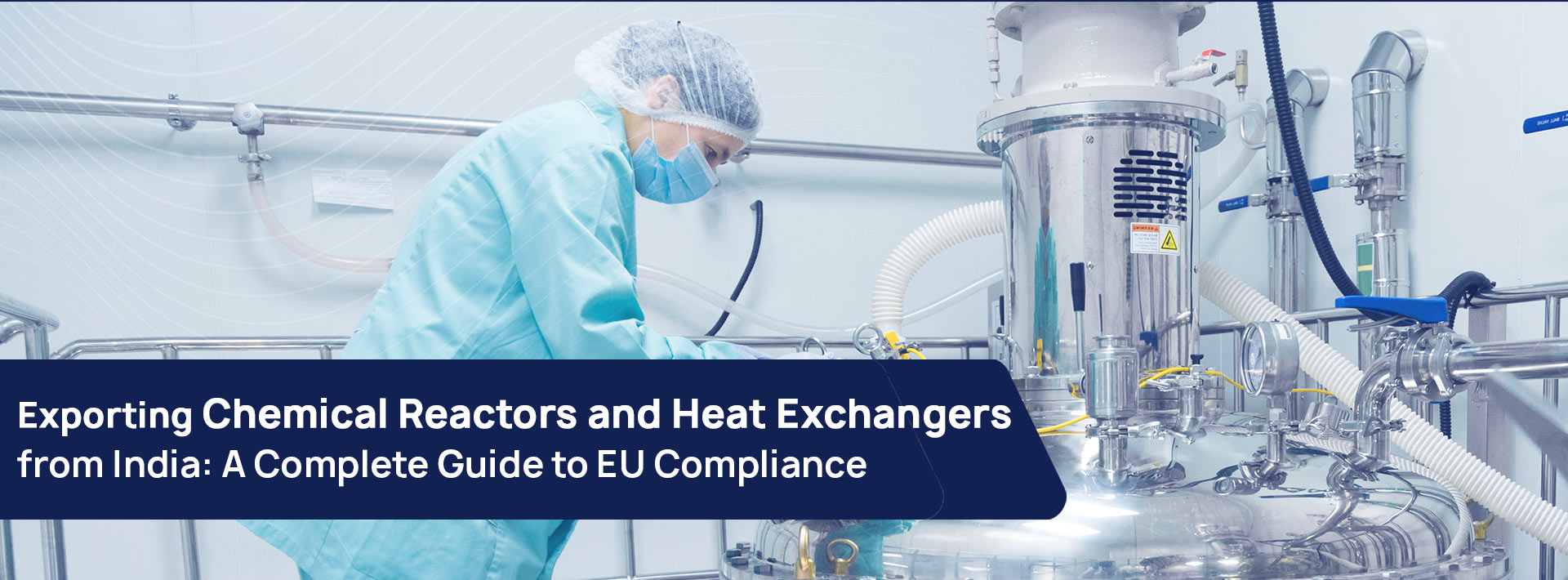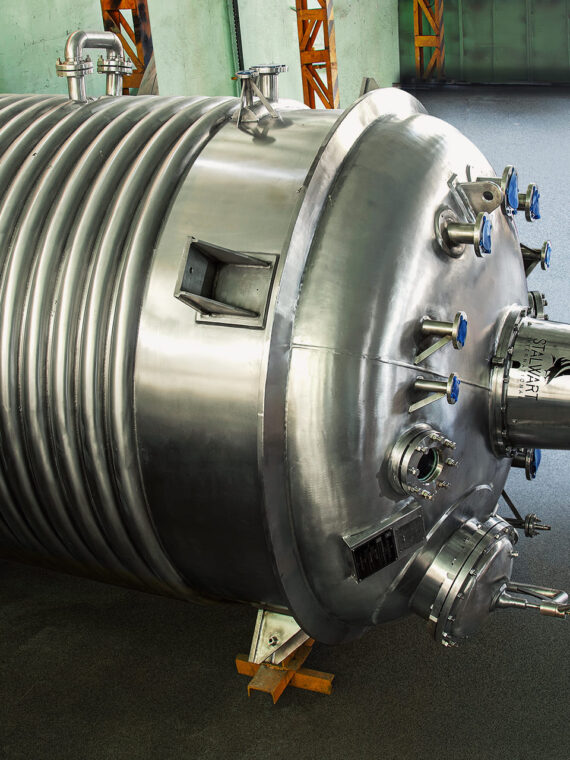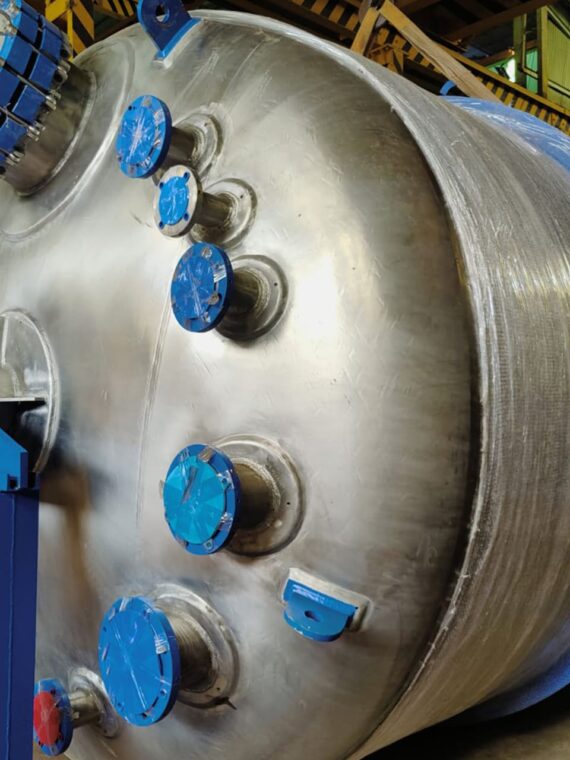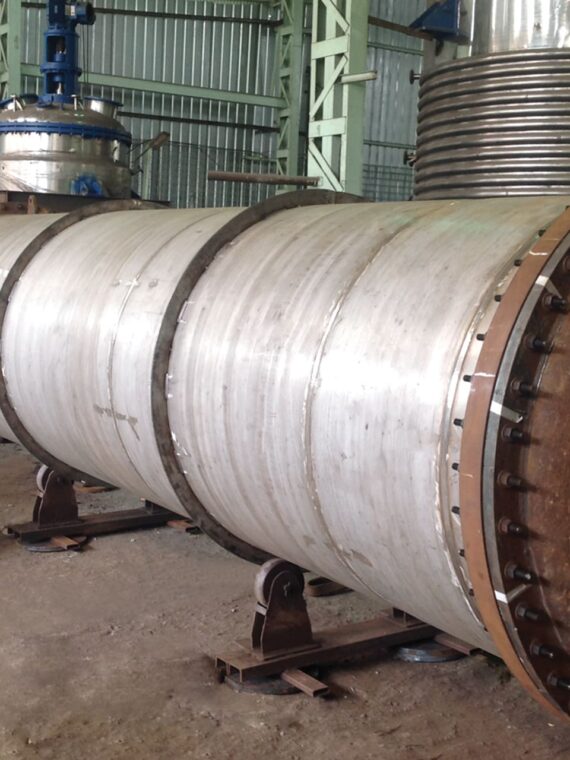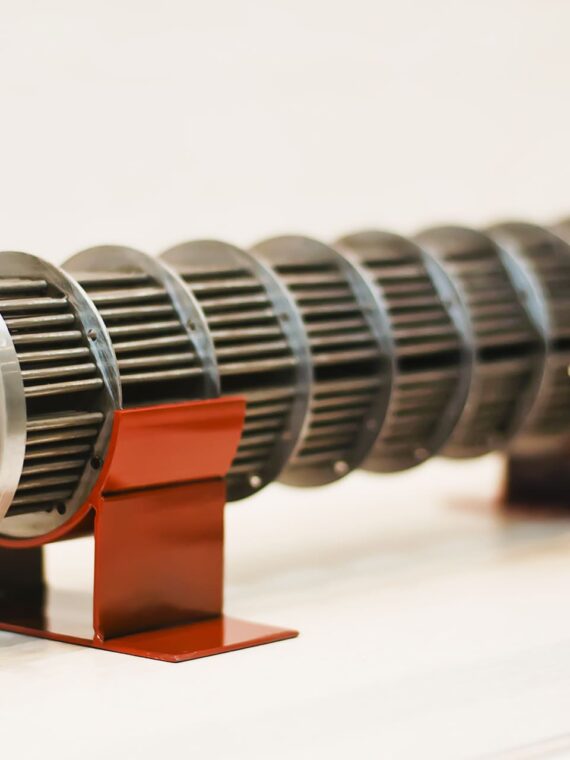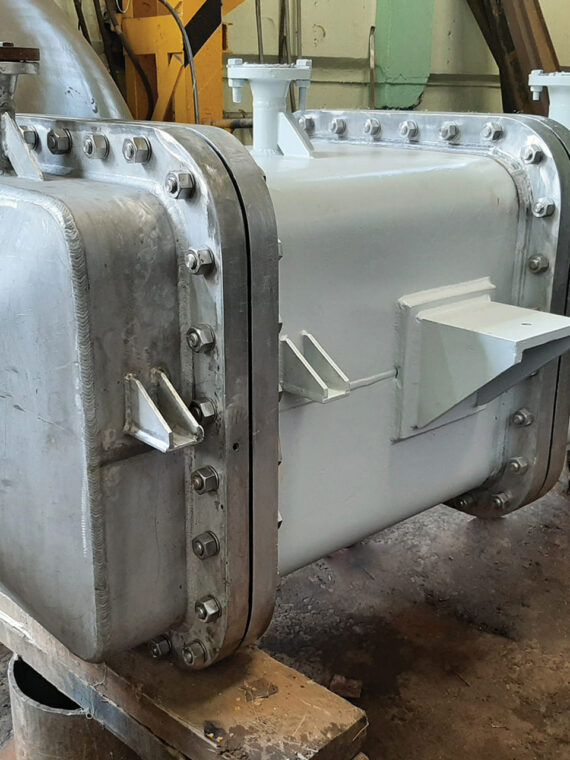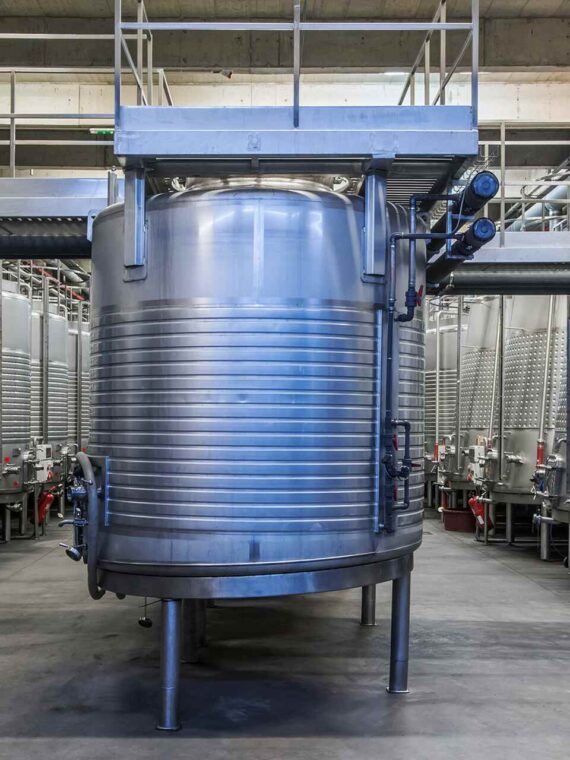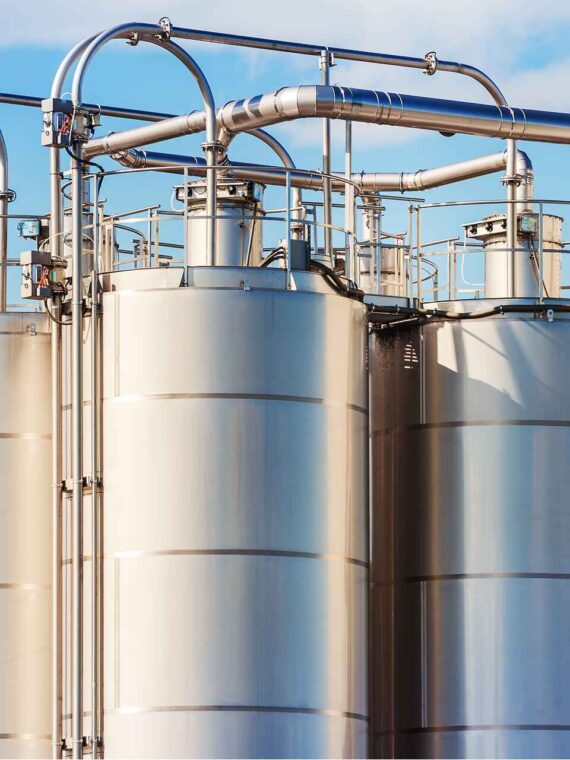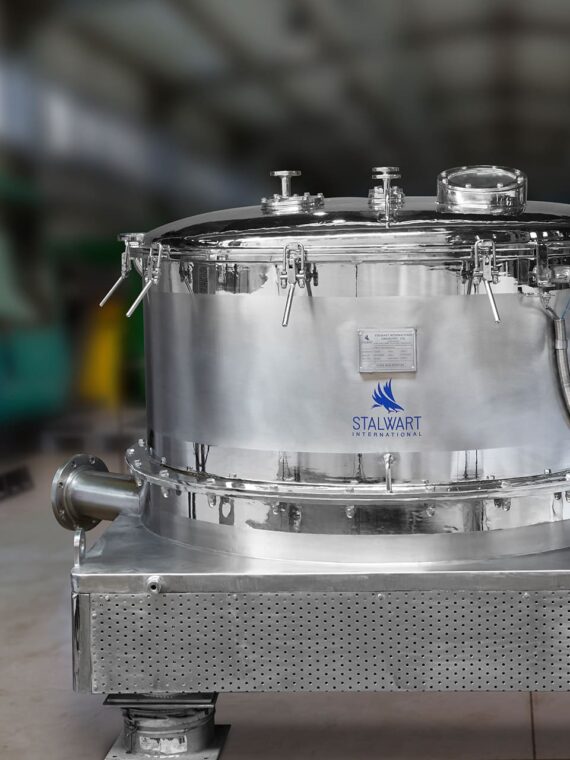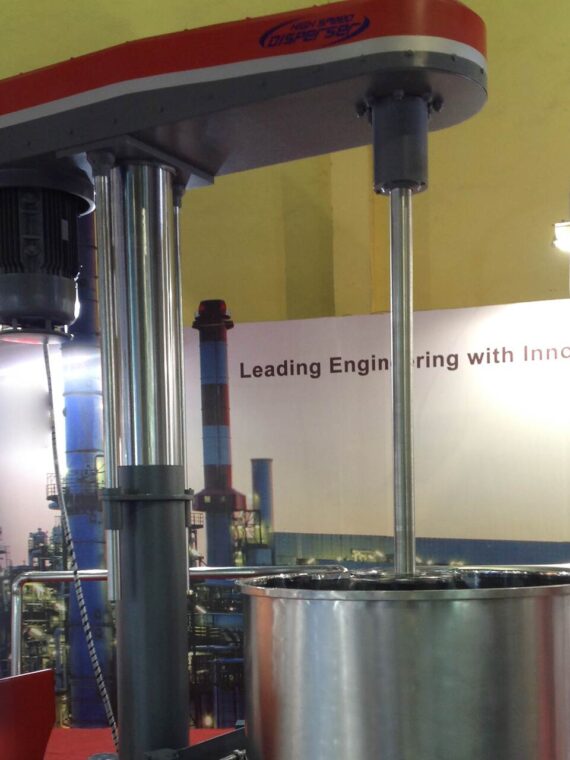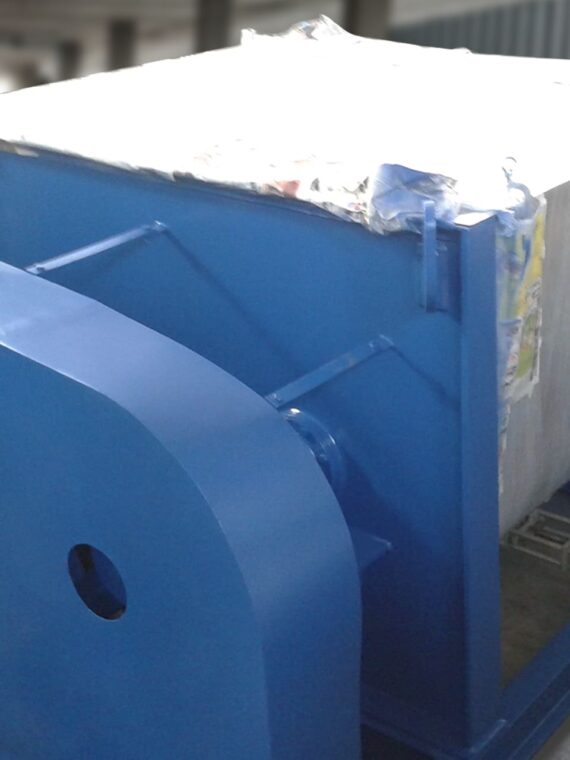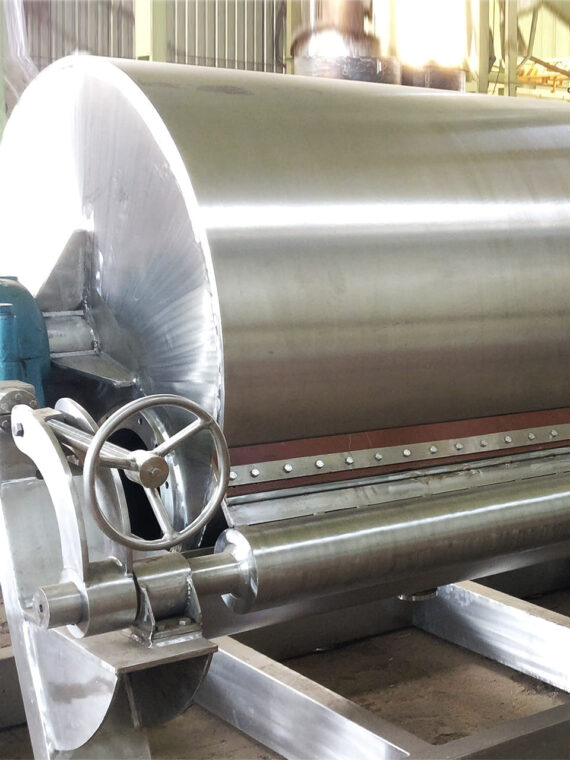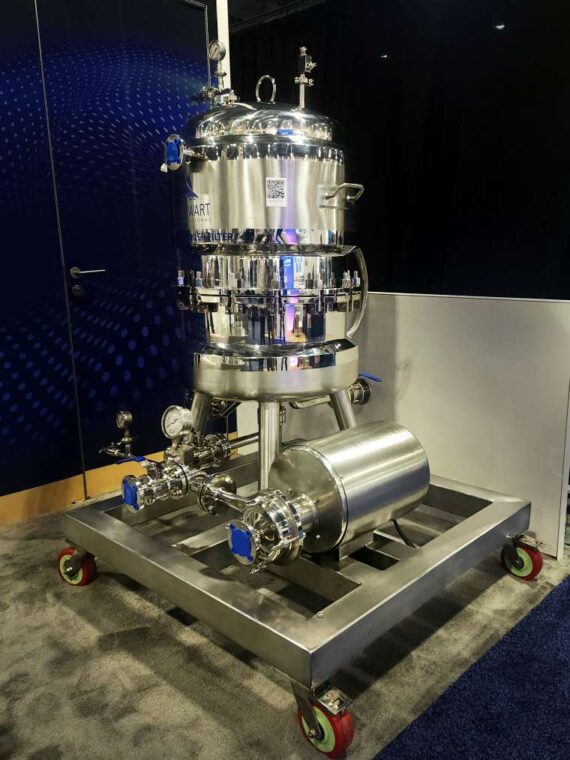A ribbon blender is a device consisting of a double helical agitator. The ribbon agitator rotates within the trough. The shaft of the agitator is at the center of the trough. The helical ribbons also called the spirals, are welded on the spokes. A set of inner and outer helical ribbons are comprised in the ribbon agitator. This is the reason why it is called the double-helical ribbon agitator. There is a 3 mm to 6 mm gap between the outer edge of the ribbon and the internal wall of the container.
Working of the blender
A drive system powers the ribbon agitator. The drive system consists of a gearbox, motor, and couplings. If 1000 kg of product mass is to be blended, then a 10 HP to 15 HP motor will power the ribbon blender. Based on what product will be blended, the power to be used may range from 3 to around 12 kW per meter cube. From the endplates welded to the container, the agitator shaft exits the container of the blender from either end. This area has a sealing arrangement so that the material does not leak out from the container.
The drive system components along with the blender assembly are mounted on a frame, called the supporting frame. The nozzles or the fees hoppers present on the top of the blender carry out the process of charging the material in the blender. Maintenance and cleaning access to the inner portion of the blender is provided by the inlet cover. For applications that require heating and cooling of the product material, an external jacket is present on the container of the ribbon blender.
Applications of the blender
The blender operates in two modes- batch and continuous modes. The batch type blender has a capacity of a 50-meter cube. The versatile blender blends solids and performs various other processes like coating, heating, and cooling. This versatility of the blender makes it the most popular one. The various applications of the blender are:
- Mixing of dry powder to wet phase
- Lubricates dry capsules in large quantity
- Mixes cosmetic powders, bulk drugs, and chemicals
- Heating and cooling of materials
- Carries out dry blending for capsule formulations
- Blends dry solids in large volumes
- Coats the solid particles with a little amount of liquid to produce so that formulations can be produced.
- Blends abrasives and epoxy resins
Read Also: Key Factors to Choose the Right Ribbon Blender
The ribbon blender is useful for blending several materials. This is it’s another application. The various materials that can be blended in this blender and the application that serves the most useful purposes are listed here.
- Pharmaceuticals
- Herbicides and pesticides
- Eye shadow
- Bakery premises
- Engineered plastic resins
- Animal feeds
- PVC compounding and cleaning compounds
- Fire retarders
- Instant drink blends and dietary supplements
- Plastic powders
- Spice blends
- Chemicals and fertilizers
Read Also: Ribbon Blenders – Rising Demand in Indian Food Industry
Not just these, but there are numerous other materials, for which the blender finds its applications. Indeed, it is a very useful device and serves great purposes. This post might have provided you with all the information regarding the applications of the blender and how it works.
FAQ
What is the application of ribbon?
Ribbon mixers are used for blending powders, granules, and semi-dry materials in industries like food, pharmaceuticals, and chemicals.
What is the advantage of ribbon?
Ribbon mixers provide uniform mixing, are cost-effective, and can handle large batch capacities efficiently.
What is ribbon blender used in pharmaceutical powder mixing?
Ribbon blenders are used to achieve homogeneous mixing of pharmaceutical powders, ensuring consistent product quality.
What are the different types of ribbon blenders?
Types include horizontal ribbon blenders, vertical ribbon blenders, and double-shaft ribbon blenders.
What are the three types of ribbons?
The three types are inner ribbons, outer ribbons, and paddle-style ribbons, each designed for specific mixing actions.


